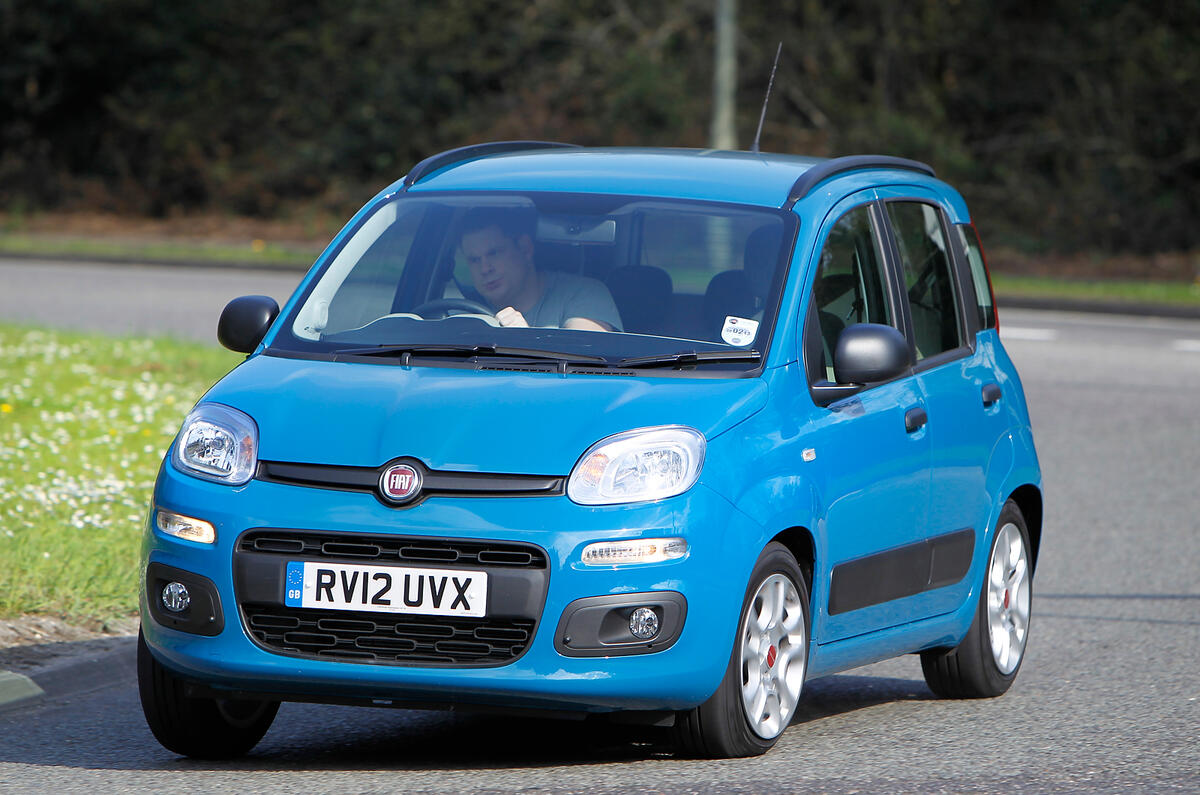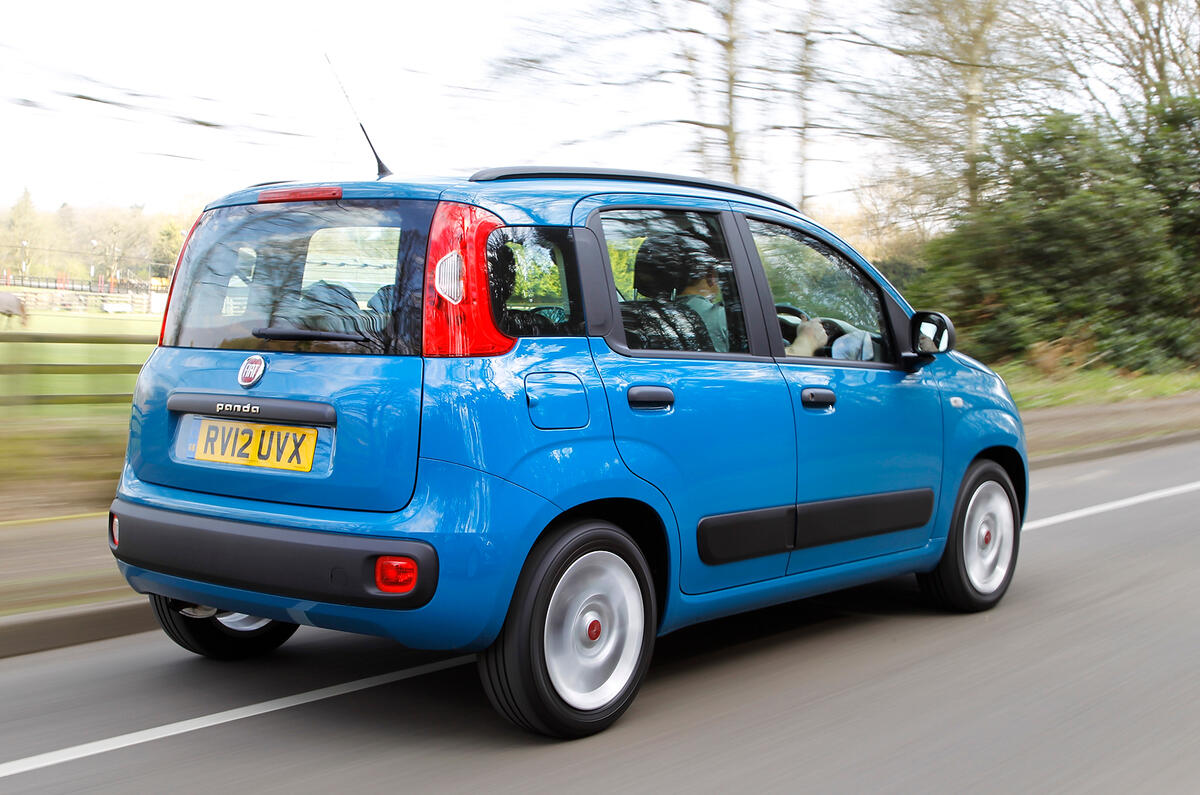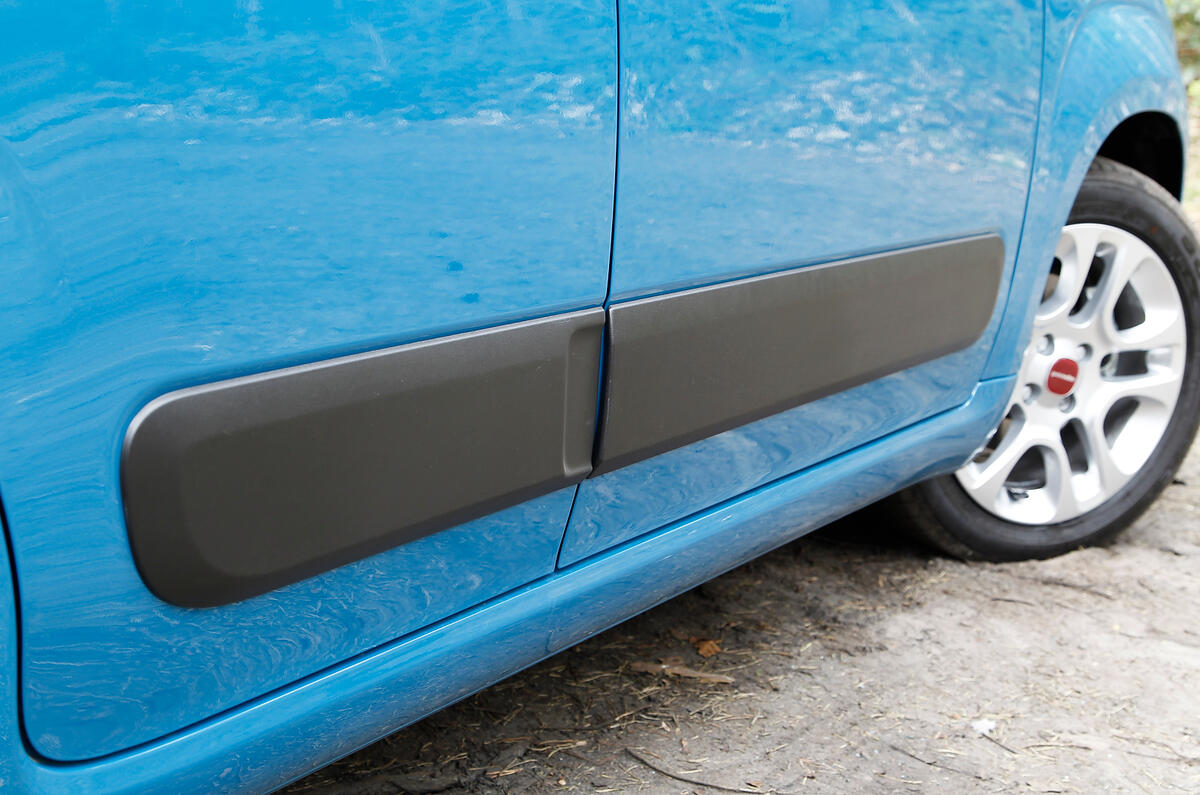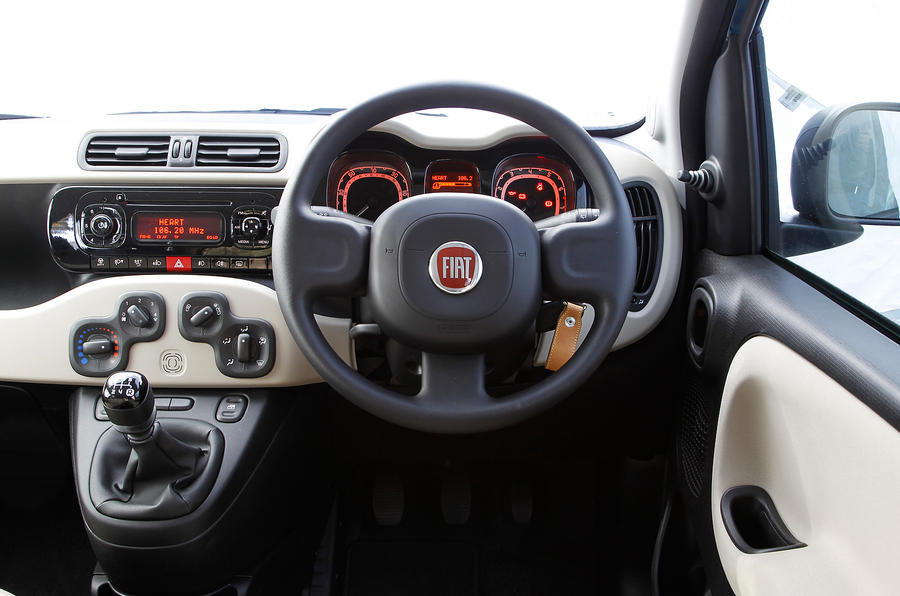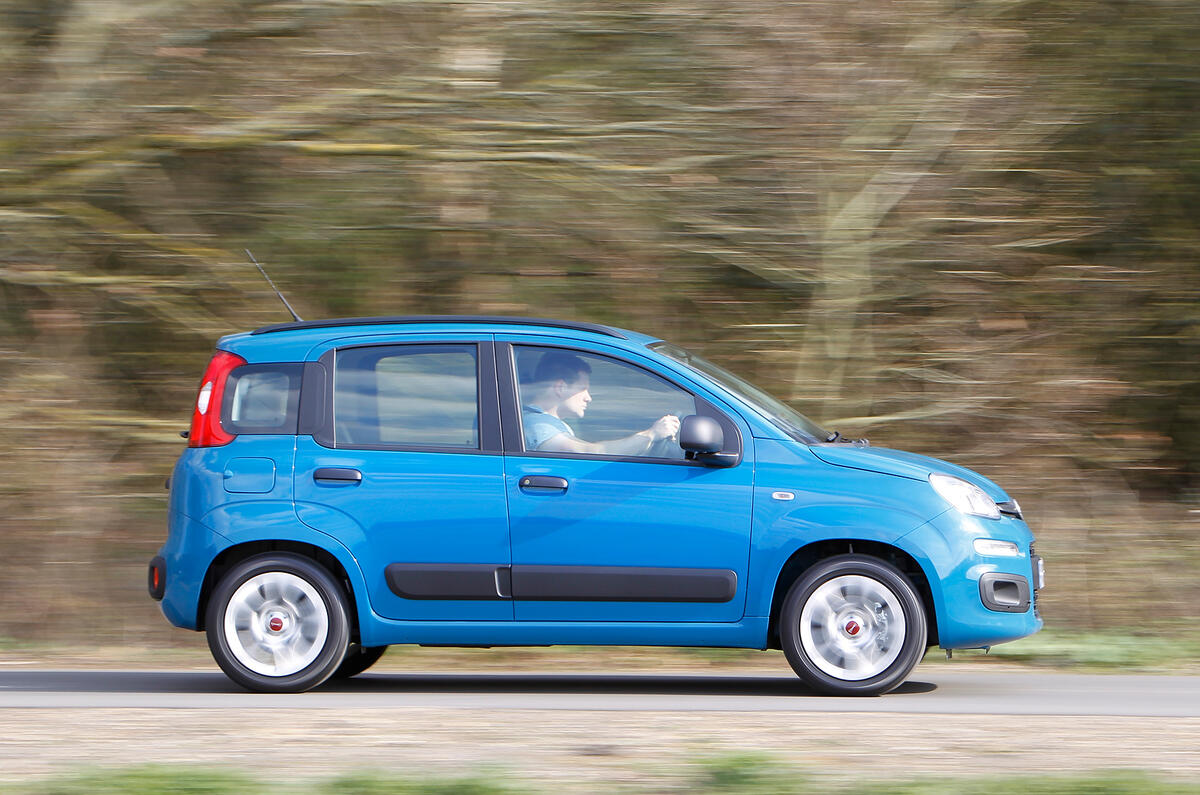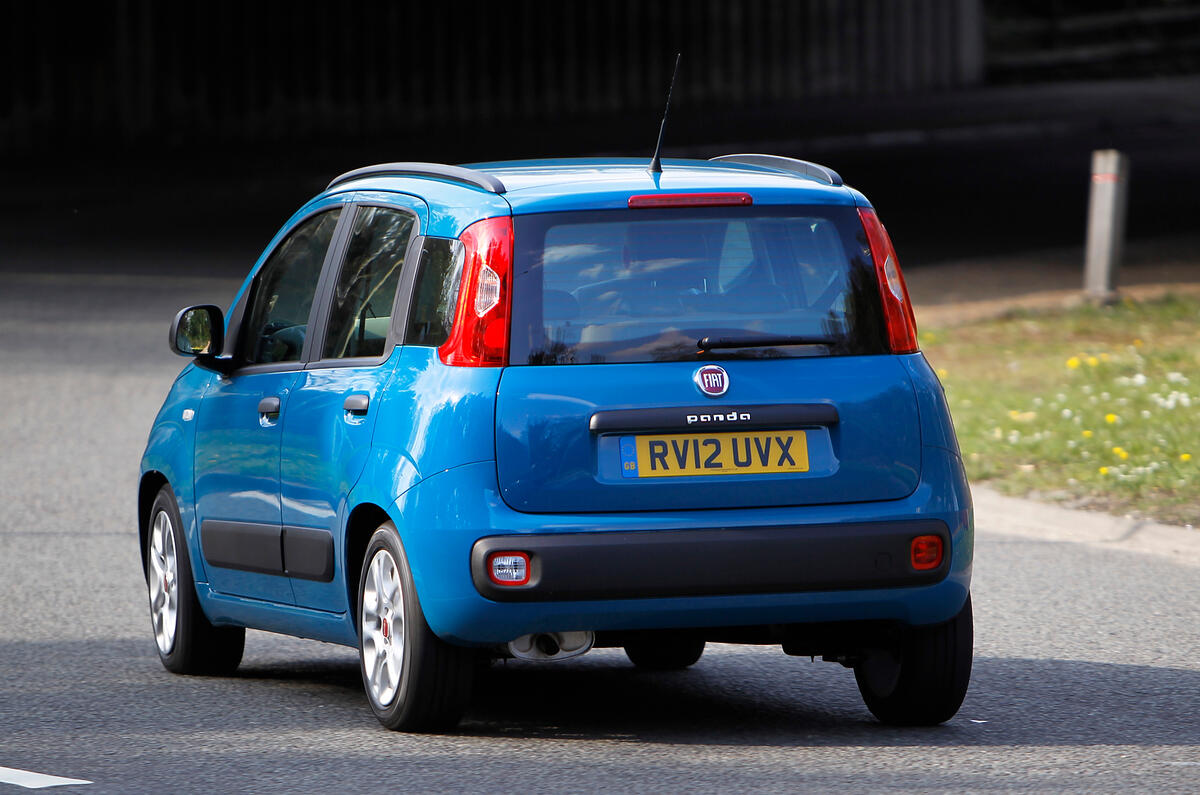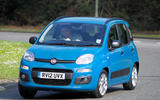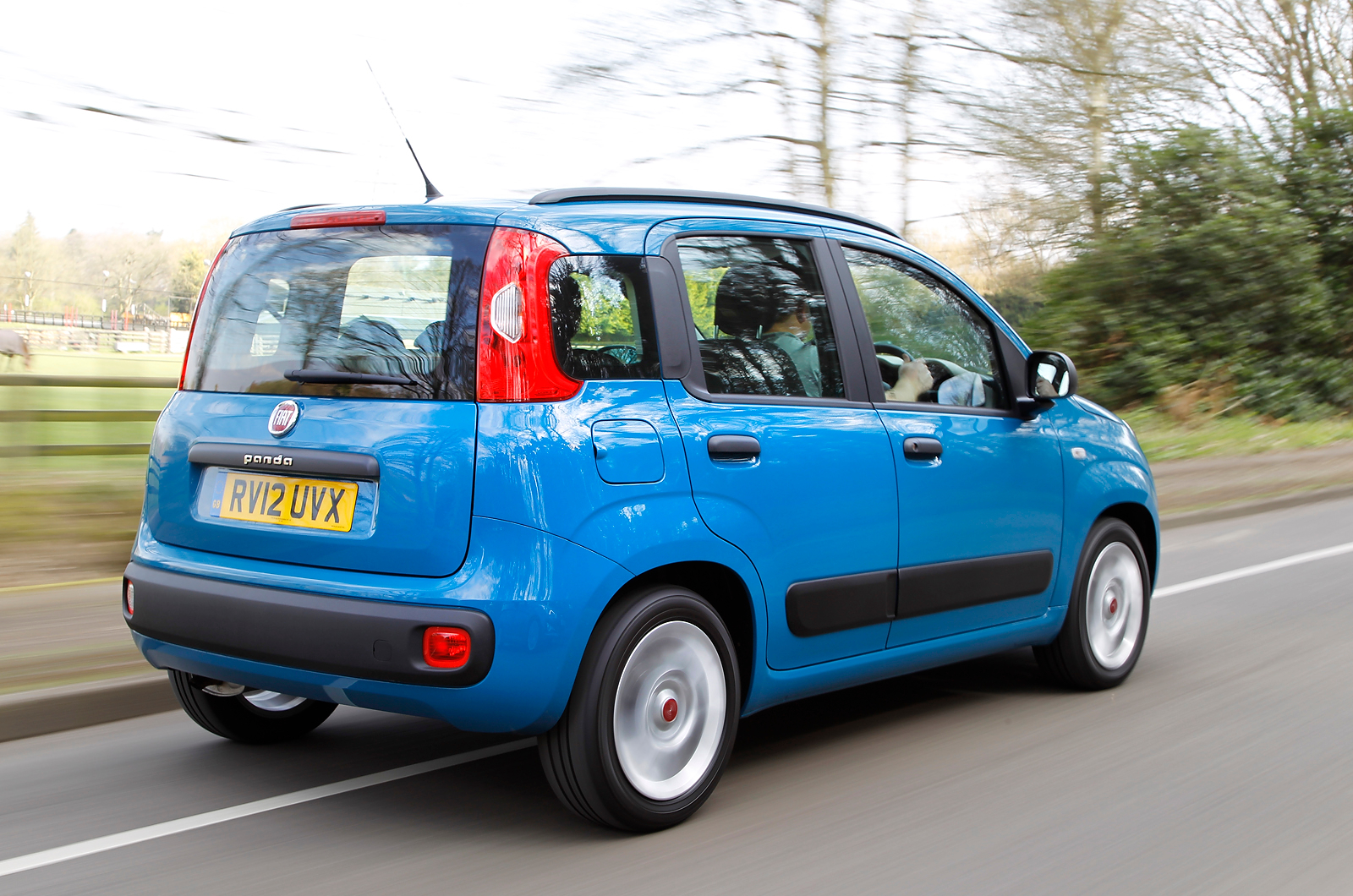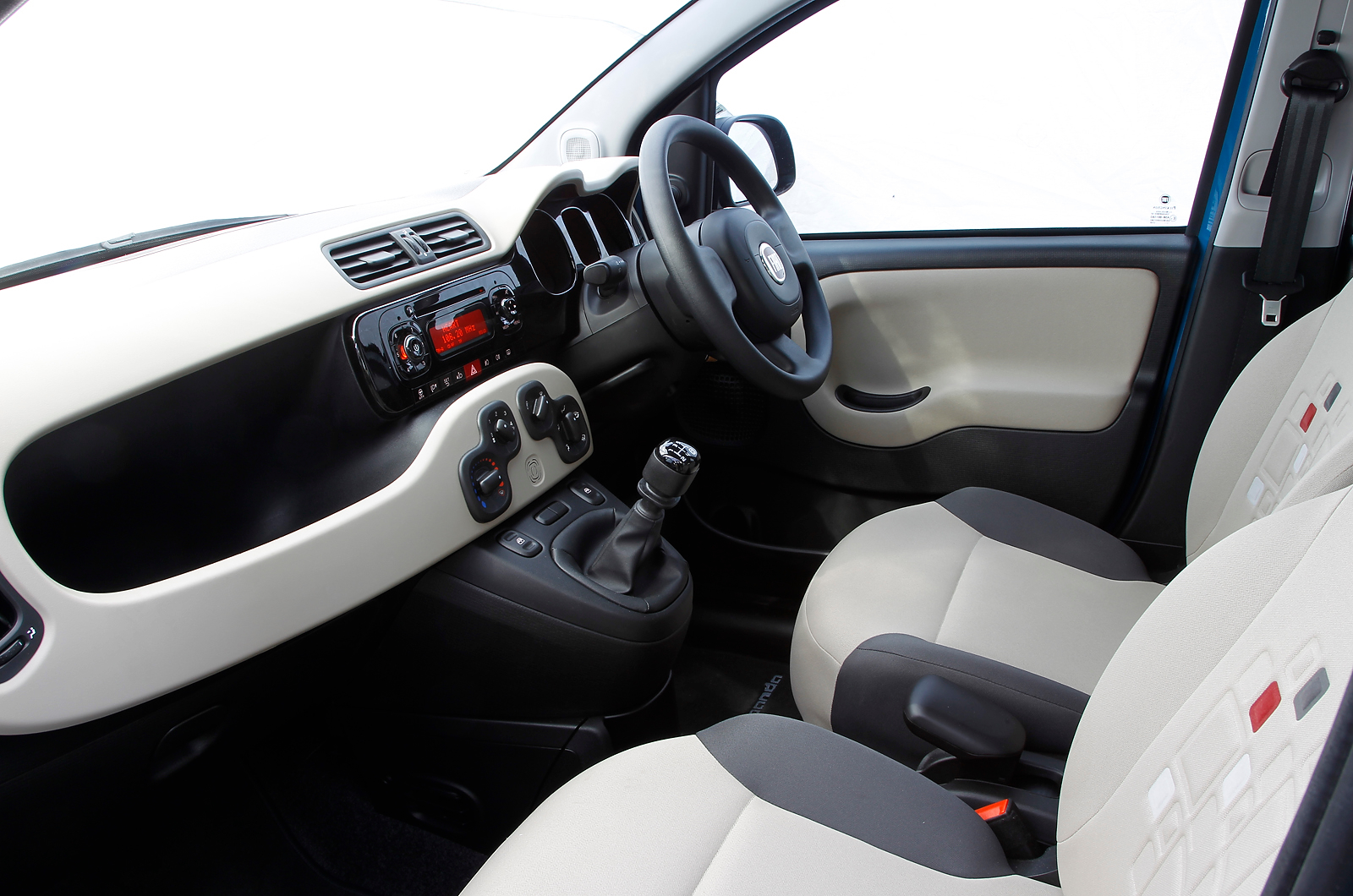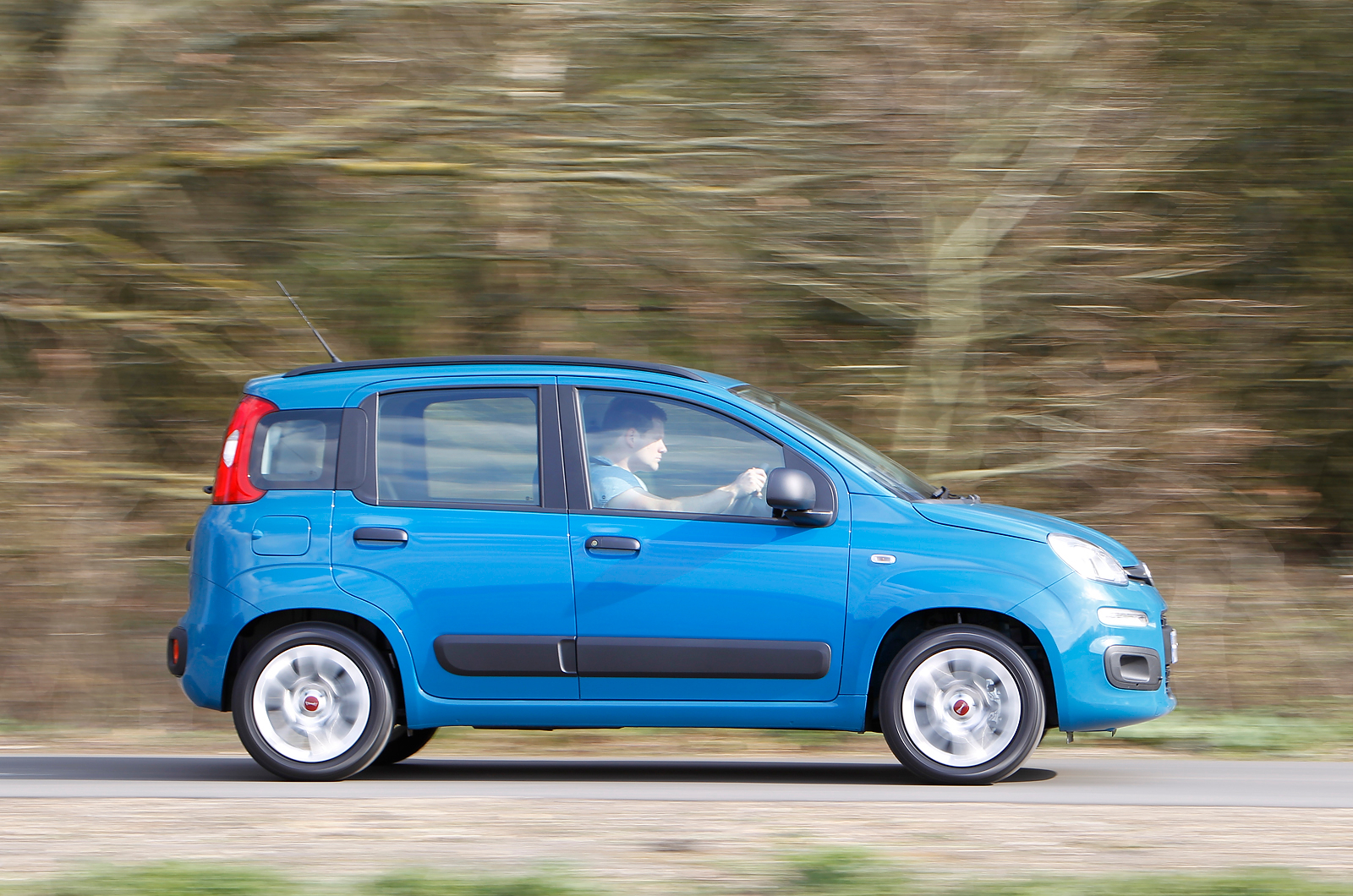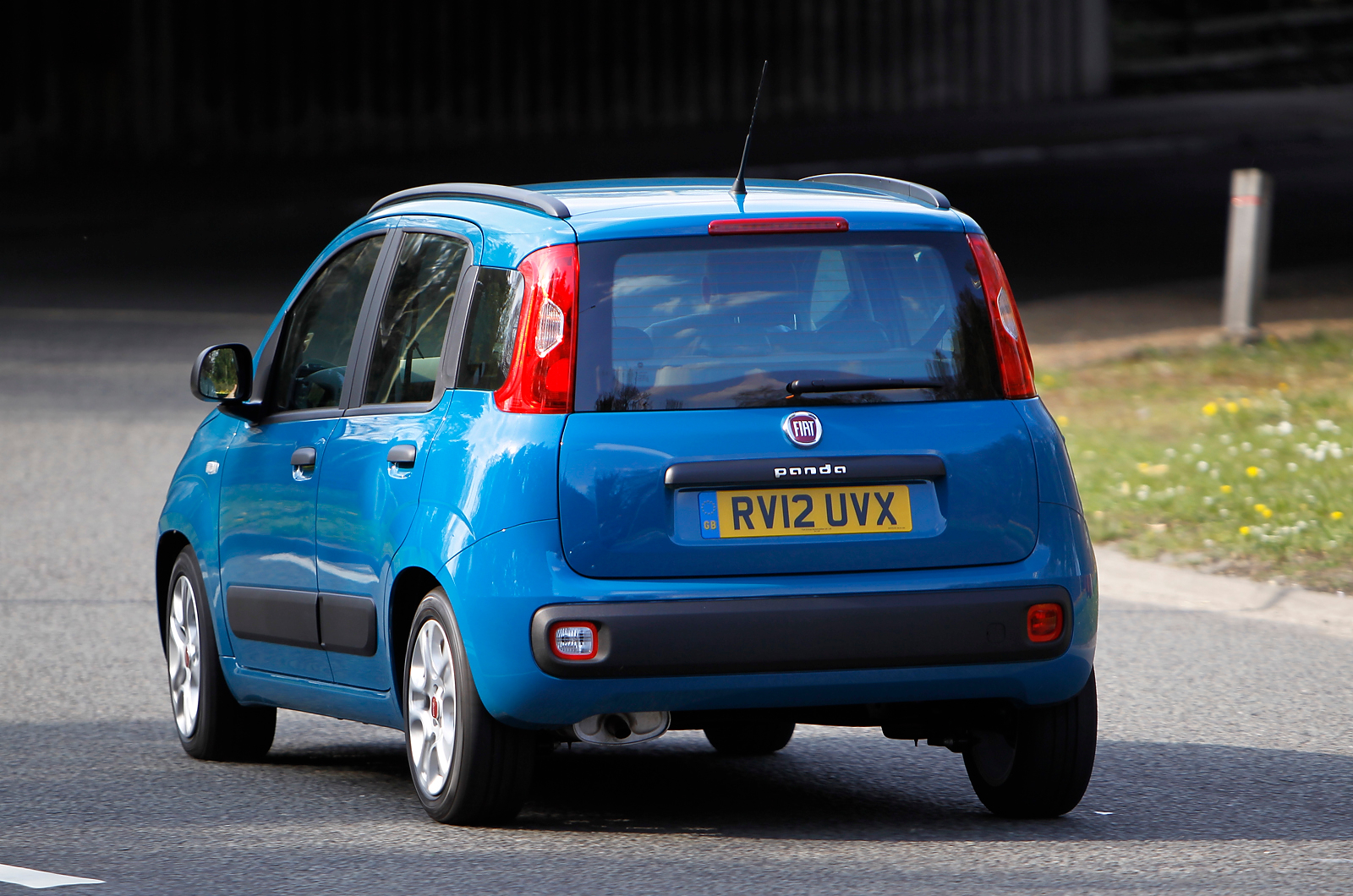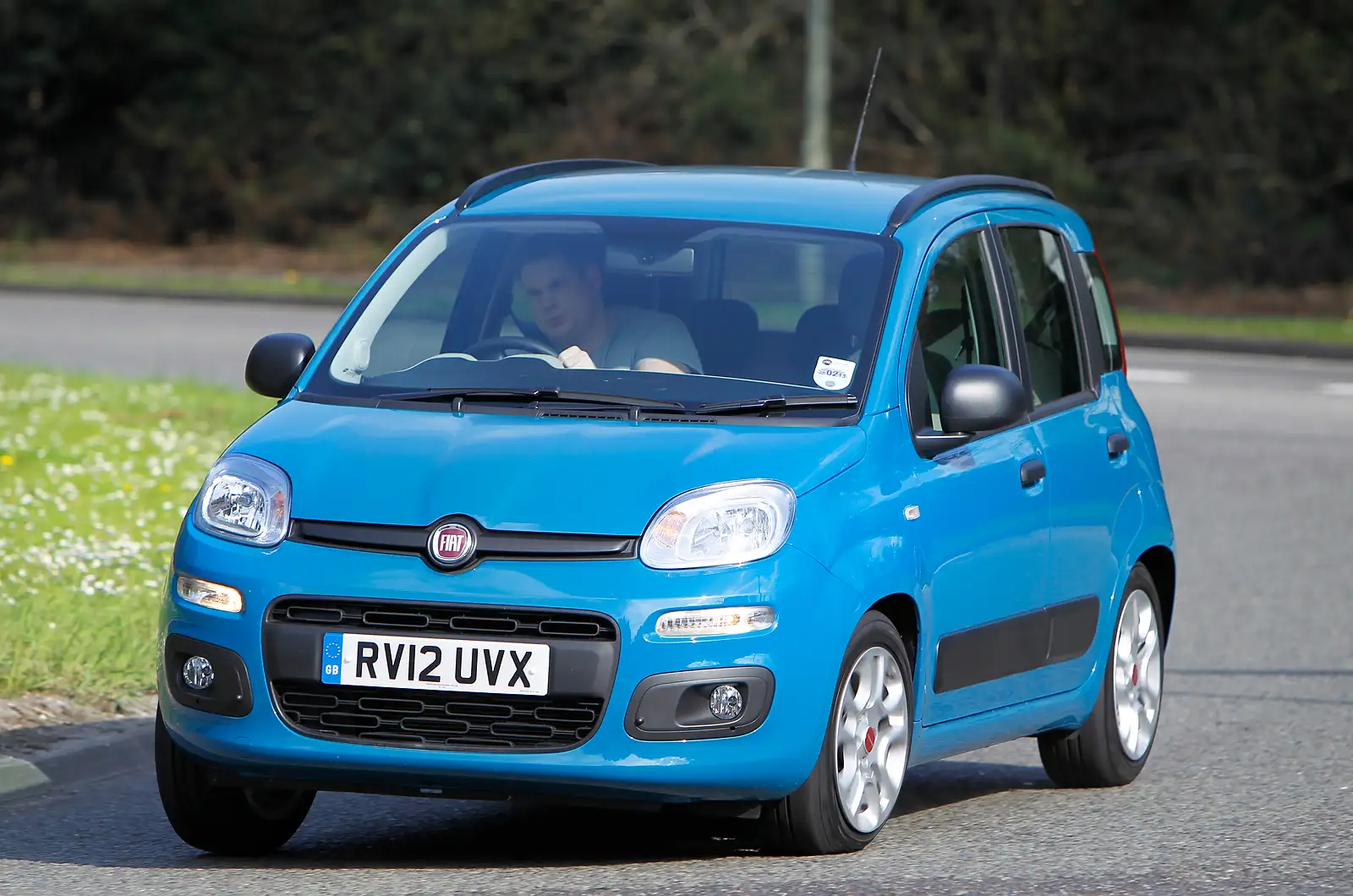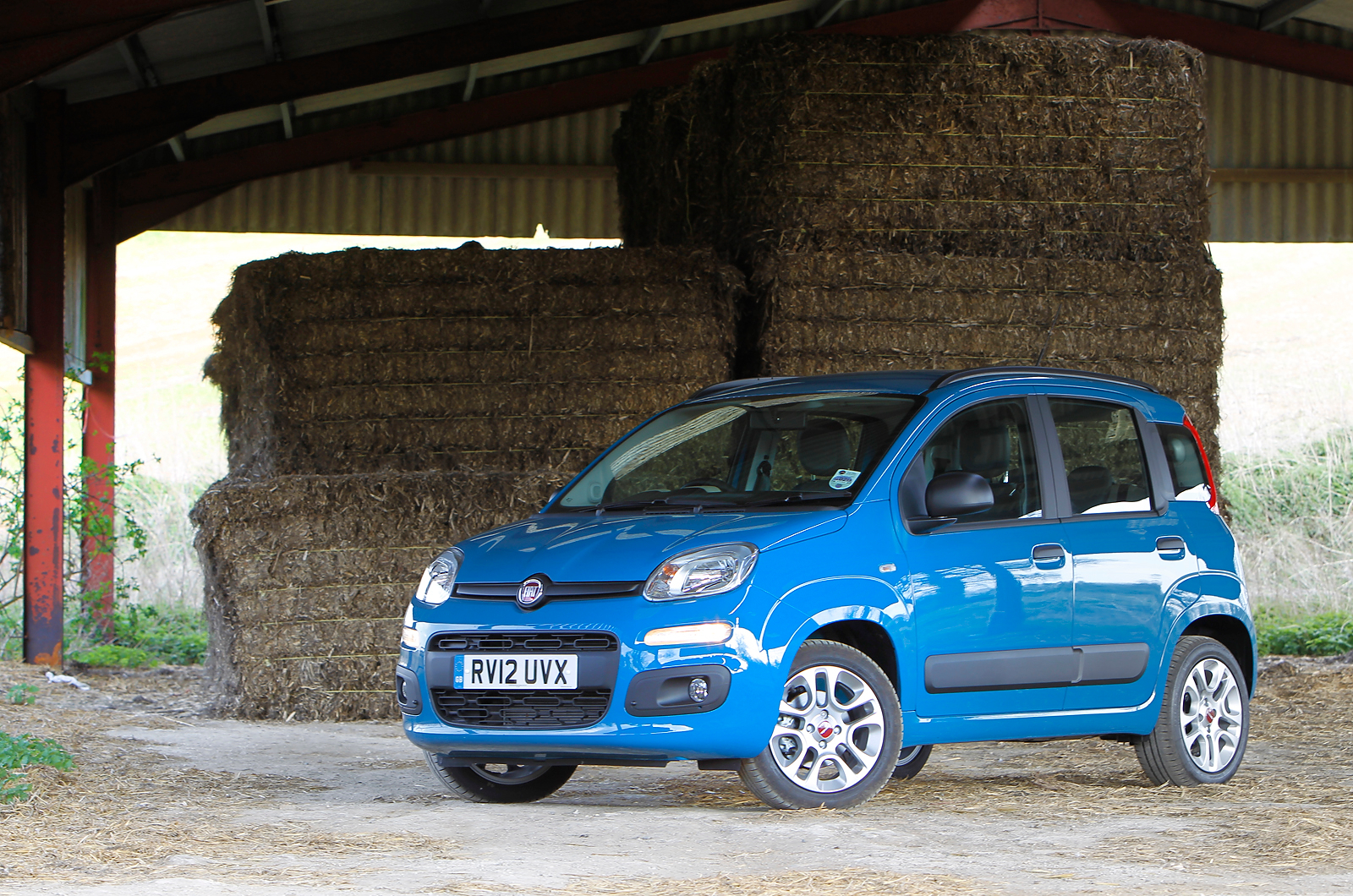The Fiat Panda is not just a baby car, whatever the diminutive overall length of just 3650mm implies.
It's always been quite different in character from rivals similar in size and price. Others are called city cars or economy cars; the Panda is more of an ‘essential’ car, created for many who will use it as their only car. Fiat boss Olivier François sums it up as “the official car for doing whatever the hell you like”.
Fiat’s tradition of small car manufacture began in 1938 with the 500, known as the ‘Topolino’. Conceived by legendary engineer Dante Giacosa, it helped mobilise pre-war Italy. In the early 1950s, Giacosa designed the rear-engined 600 and then, in 1957, launched the classic Nuova 500, the tiny car that went on to capture the hearts of owners worldwide.
The 500 stayed in production until 1975, while various developments of the 600 followed (the 850 and its replacement, the 127). In 1980, the original Panda was born and, since then, the 1983 Uno and 1993 Fiat Punto have been big small-car successes.
Fiat's Panda is essential to the company in the sales sense, too. The company has averaged more than 200,000 Pandas a year for over 30 years. Production of the Panda has even passed 6.5 million units, yet this new model is only the third generation, and now provides the backbone that Fiat 500 and the Ford Ka have both used - admittedly, with varying degrees of success.



